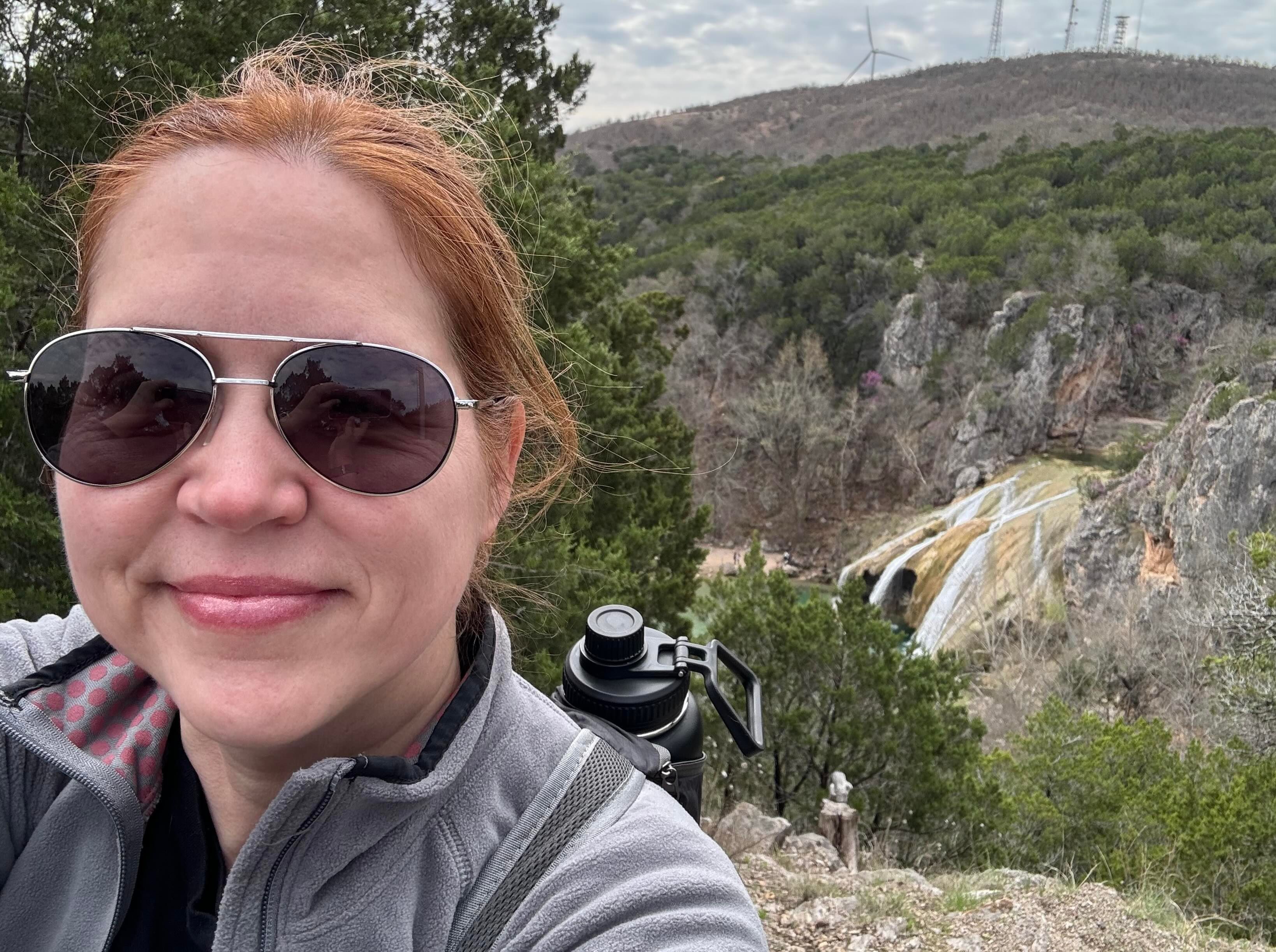In reality, hunting and conservation are closely connected, with hunters often being the most passionate and strongest defenders of the natural environment and animal species. Hunting plays a critical role in maintaining healthy wildlife populations, habitats, and ecosystems, with hunters always looking for ways to help conserve the natural environment for future generations.
Today, we answer the question, "How does hunting support conservation efforts?" by looking at the various ways that contribute to the maintenance and longevity of our public lands and hunting environment, as well as some success stories of conservation for hunters.
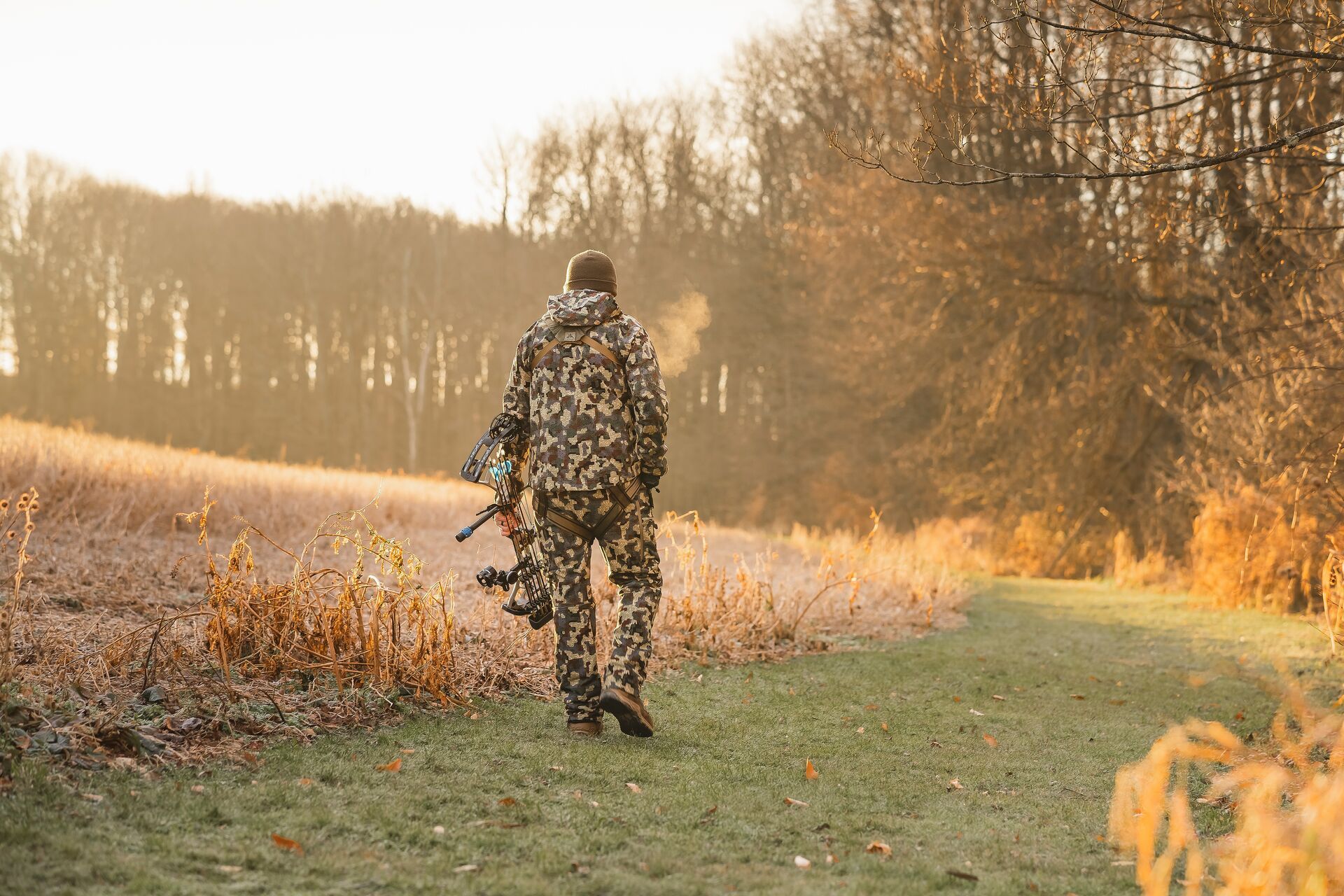
A Hunter's Financial Contributions to Conservation
When you add your license fees, tags, specialist hunting area permits, and more, you'll be surprised by how much of a financial impact you've had (as a hunter) on nationwide and statewide conservation projects. We hunt for a love of the sport and a desire to help maintain healthy ecosystems and support biodiversity.
In 1937, two savvy senators (Pittman and Robertson) enacted the Pittman-Robertson Act to impose an 11% excise tax on the sale of firearms and ammunition (later archery equipment) to raise funds for state wildlife agencies further and support hunter education. This program raises over a billion dollars annually and is a critical source of federal funding for habitat restoration, ecotourism, and population management.
Wildlife Population Management
Another common argument against hunting is that hunters indiscriminately target animal species or contribute to the decimation of animal populations. Again, I believe this comes from a misunderstanding about population control and the role of hunting in the natural environment.
As hunters, we follow a carefully regulated framework established by managers and wildlife departments. These regulations may include season lengths, quotas, harvesting of female species limits, or other restrictions to help control overpopulation and maintain the ecosystem balance.
By preventing overpopulation, hunting helps avoid the negative consequences of unchecked wildlife growth, such as starvation, disease outbreaks, habitat destruction, and unmanageable predator populations.
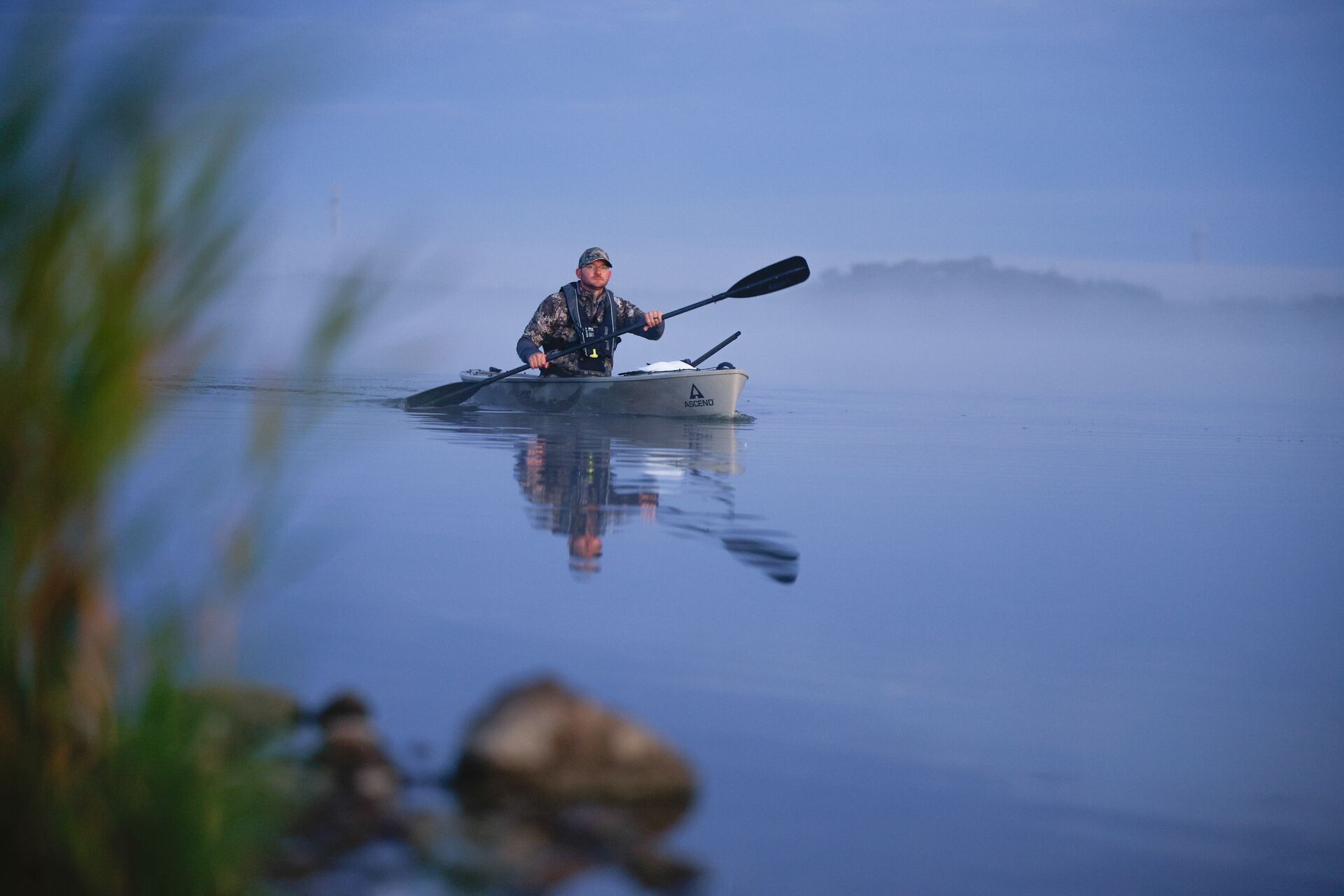
Habitat Preservation and Restoration
All ethical hunters understand that hunting would not exist without strong, biodiverse habitats, so it's no surprise that hunters are at the forefront of conservation and habitat restoration projects, like what the State of Tennessee offers (as one example).
Through hunting purchases (stamps and licenses) or generous donations, hunters are a critical source of funding for purchasing and preserving habitats. This allows wildlife agencies to establish and monitor critical environments, protecting them from development and degradation.
This funding is not exclusive to game animals but serves to promote the biodiversity of all bird, mammal, plant, and insect life that can be enjoyed by hunters and non-hunters alike.
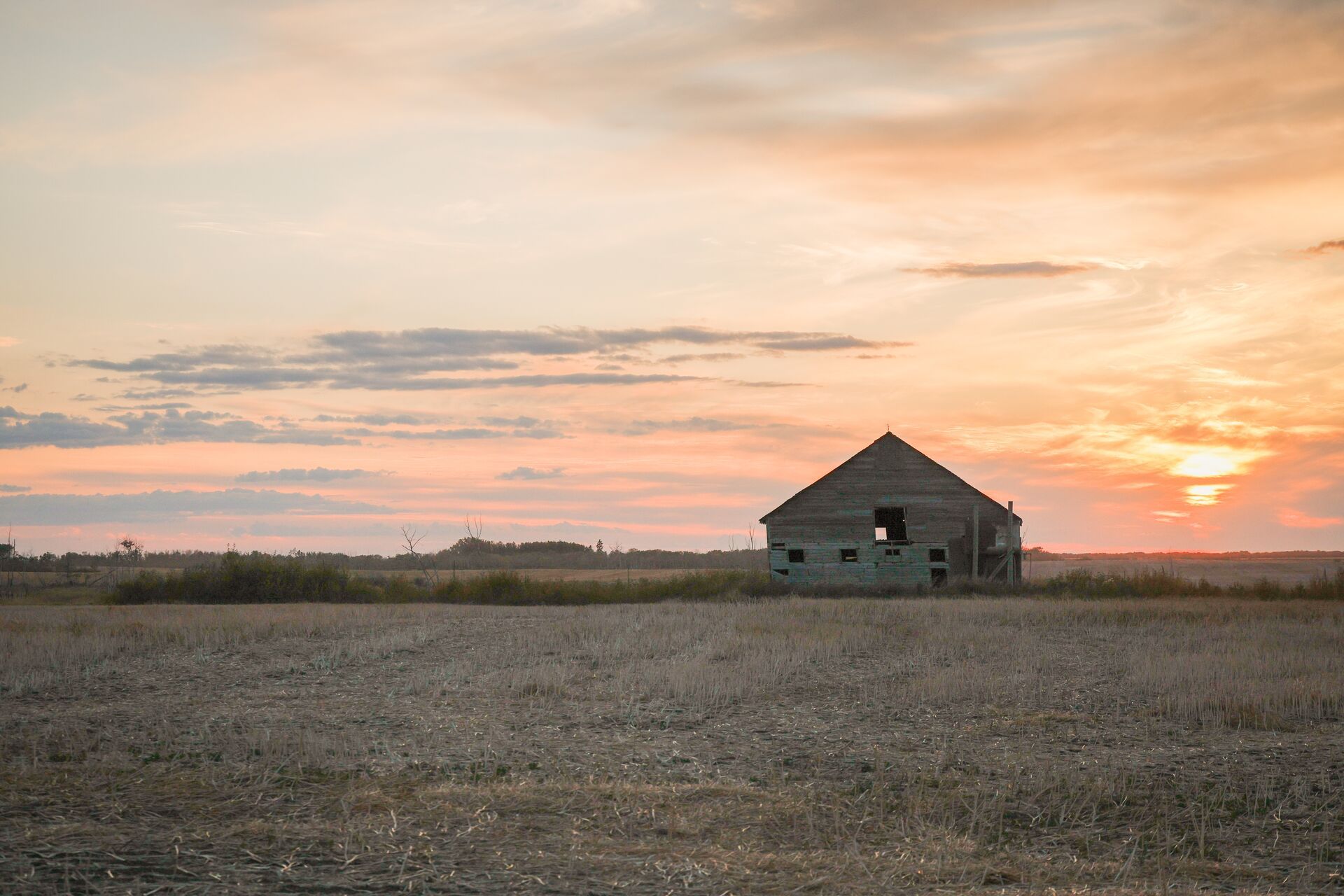
Incentives for Landowners
In the case of private land, landowners in many states are incentivized to provide public access to their land through federal programs or state fish and wildlife agencies. Landowners may receive tax incentives, reduced licensing costs, or other financial aid in exchange for allowing access.
By allowing hunting on their land, landowners can generate income, which helps to support conservation practices such as rewilding or maintaining natural vegetation, enhancing water access, and supporting local wildlife populations.
This process becomes a cycle, as the more substantial the habitat, the more abundant and well-conditioned game species become, meaning more hunters are willing to pay and enjoy the opportunity to hunt these zones.
Data Collection and Research
Whenever you report your harvest to the wildlife authorities, you help collect critical data such as age, sex, and location of harvested animals, which wildlife biologists will use to research and inform policy and regulations.
With growing issues impacting both the game species and more expansive natural environments, such as invasive species or diseases such as CWD, hunter observations are essential for protecting animal populations and managing the impact of these destructive forces.
Why Hunting Is Good For the Environment
So, how does hunting support conservation efforts in other ways? Animal population control further helps to reduce human-wildlife conflicts, such as crop damage, vehicle collisions, and property destruction.
Hunting and targeting invasive species further helps to promote biodiversity, allowing native plant and animal life to thrive. Introduced species, such as wild boar, can have a lasting and extensive impact on the natural environment, compete with native species for resources, and breed at an unsustainable rate.
Finally, and perhaps most notably at the individual level, hunters are reducing their reliance on factory farming, which is associated with high carbon emissions, deforestation, and animal welfare concerns–the process of factory farming runs against the ethical worldview of most hunters.
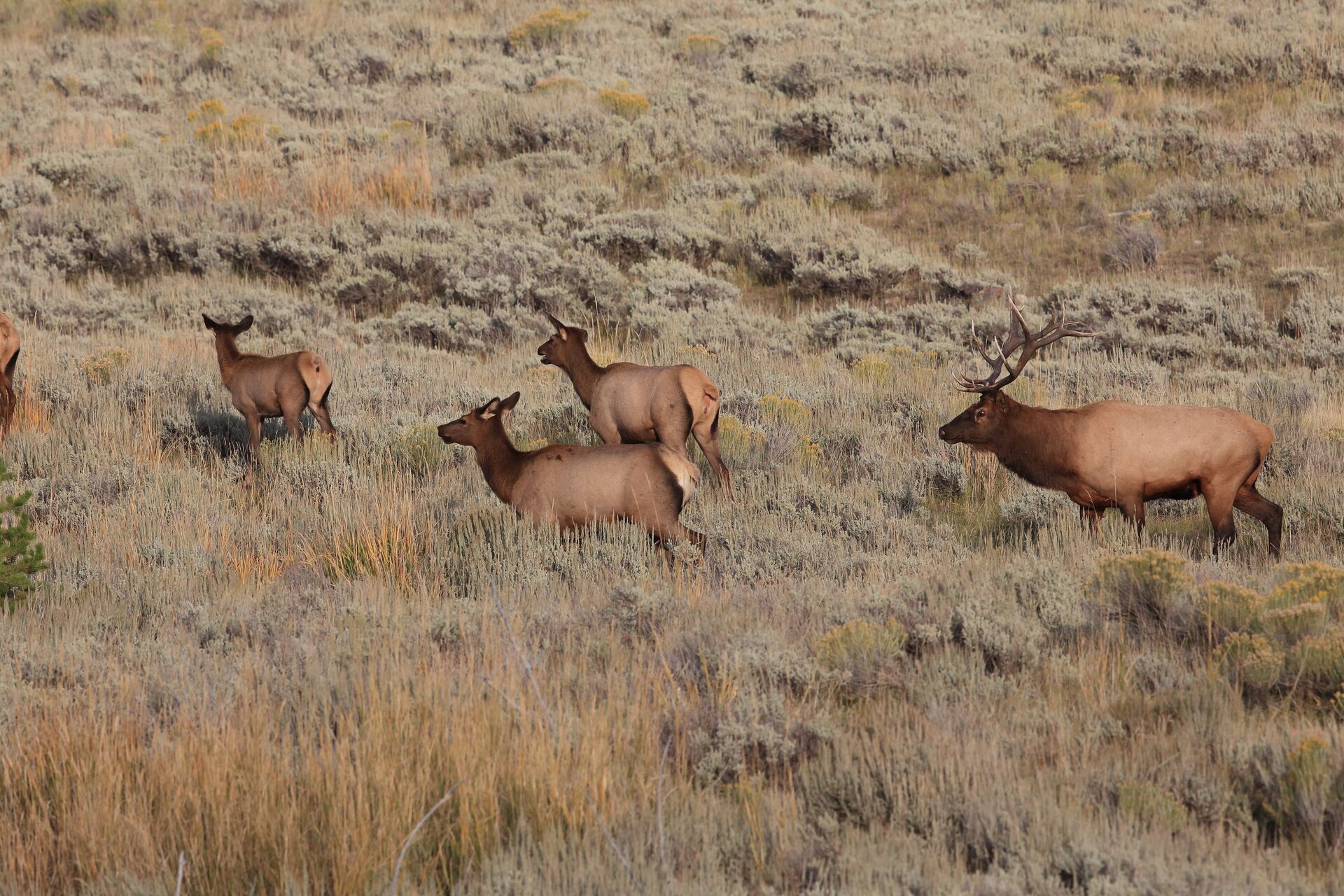
The Ethical Hunter's Role in Conservation
What is the hunter's role in wildlife conservation? Ethical hunters play a critical role in conservation and are often the first to support and fund conservation policies and programs. Many are active members of organizations such as the National Wild Turkey Federation, which focuses on habitat restoration, wildlife management, and educational initiatives.
As hunters, it's essential that we not only represent but embody the principles of conservation by closely following state legislatures, passing on the principles of ethical hunting to the next generation, and taking the time to inform the general public about the lasting history and relationship between hunting and conservation projects.
The Big Picture: Conservation Success Stories
Hunting-funded and related conservation efforts have led to remarkable wildlife recovery stories, helping to save several native species from near extinction.
Elk Populations Rebound
In 1907, North America's elk population reached a low of 90,000 by 1900. However, thanks to the dedication and financial support of hunters who invested in habitat restoration and conservation efforts, elk numbers rebounded to an estimated 1.18-1.22 million across 27 U.S. States and five Canadian Provinces by 2021.
Whitetail and Turkeys
This success story is not unique to elk. Several species, such as whitetail deer, which jumped from 500,000 in 1900 to over 30 million today, or 200,00 turkeys in the early 1900s to more than 6 million, have shown stunning resilience and growth thanks to a sustained effort and forward-thinking conservation programs backed by hunters.
Thriving populations do more than support the hunting industry; hunters, hikers, birdwatchers, wildlife photographers, and campers benefit from a biodiverse environment.
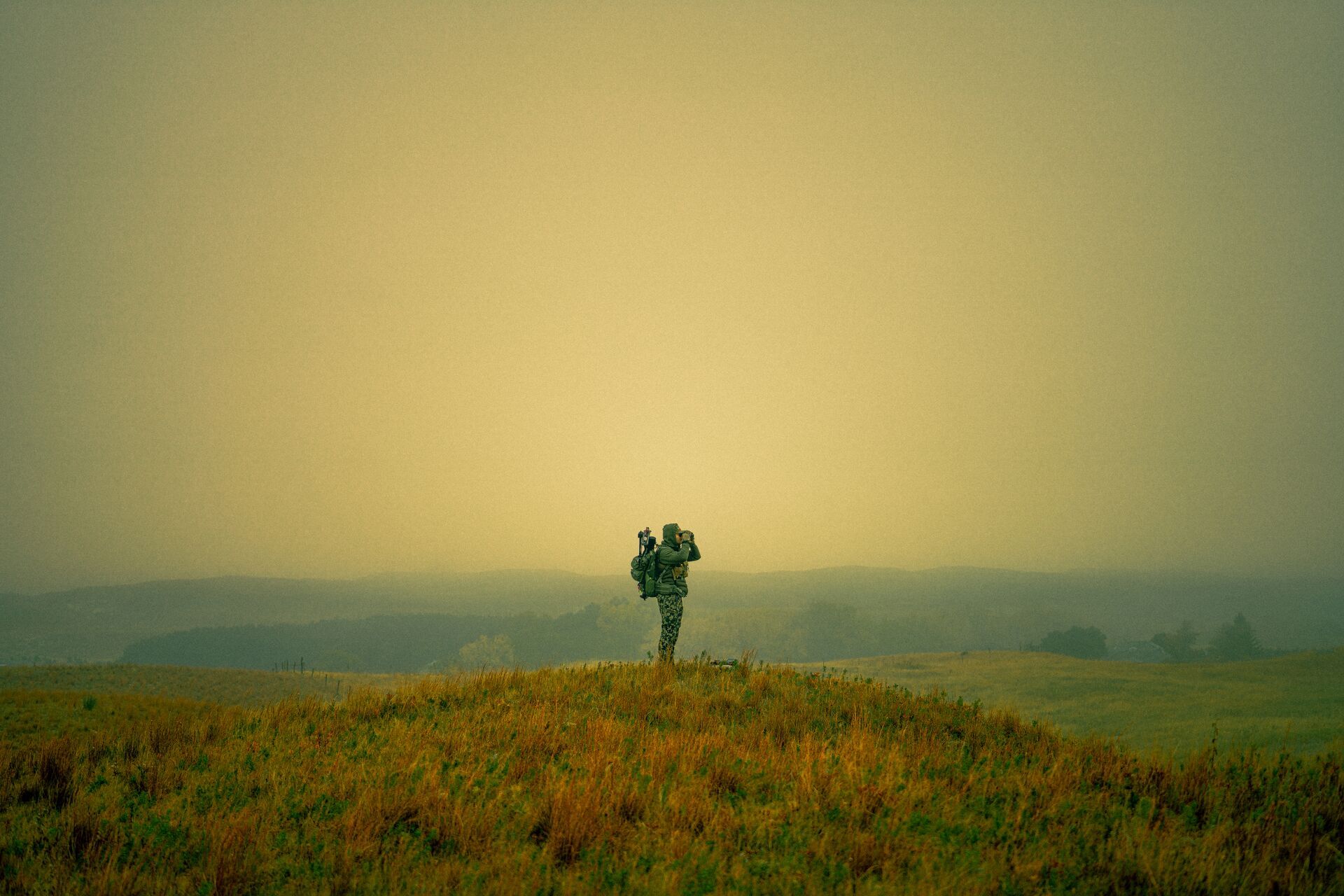
Hunt Confidently Knowing Why Hunting is Good for the Environment
Hunters are often the strongest conservationists, willing to invest their time, effort, and money into projects that promote habitat preservation, biodiversity, and the maintenance of balanced ecosystems. Knowing why hunting is good for the environment and conservation efforts means you can hunt confidently — and help those who may not support hunting understand the bigger picture.
If you want to make your hunting experiences even more meaningful and productive, HuntWise can help you plan smarter hunts, explore new hunting grounds, and stay connected with conservation-minded hunters, helping you target the right species with minimal impact on the natural environment.
Don't get caught without the ultimate tool for finding where to hunt and when!
Download HuntWise and explore the app — free — for your first week.

 Hunting Tips
Hunting Tips Hunting Tips
Hunting Tips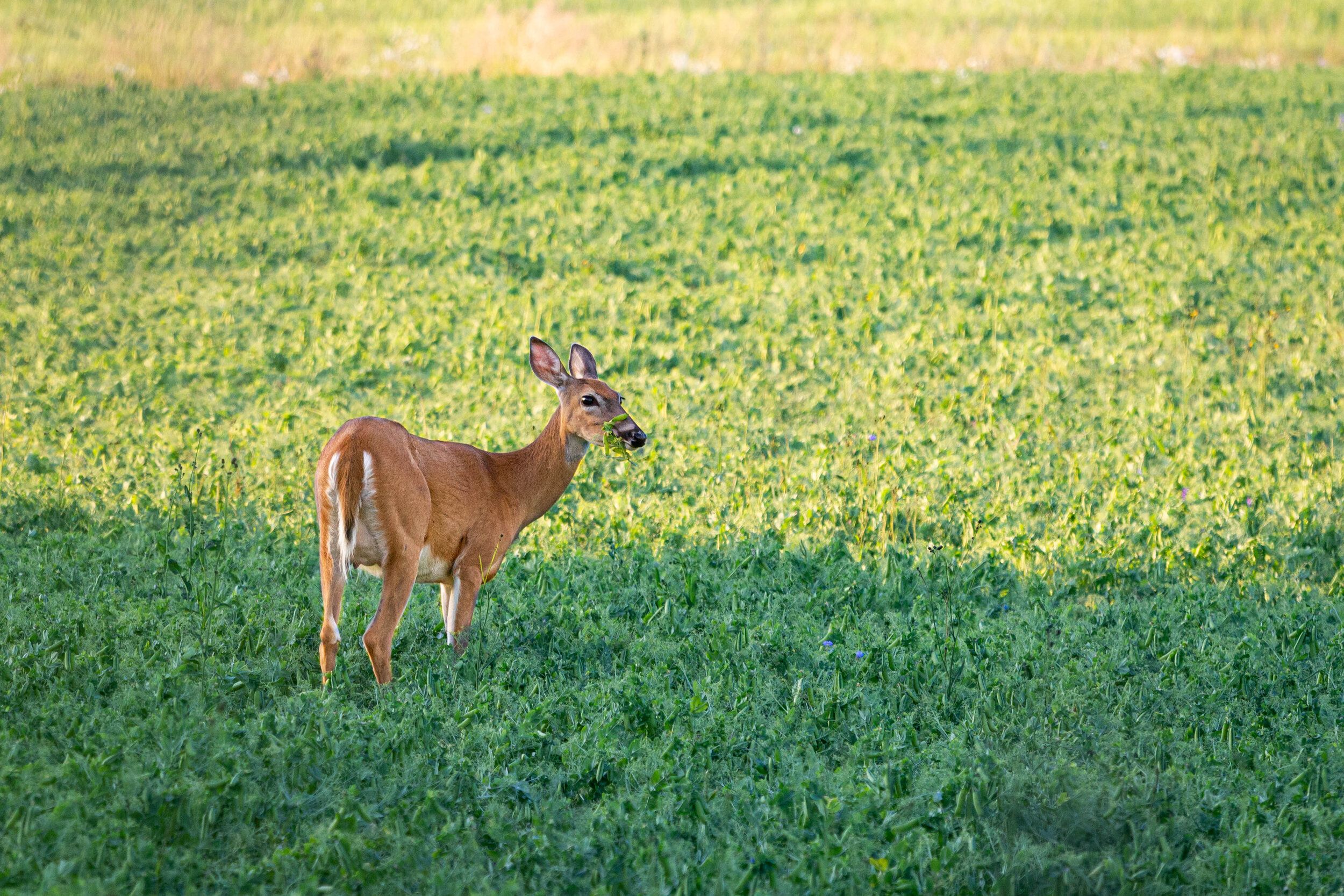 Hunting Tips
Hunting Tips
